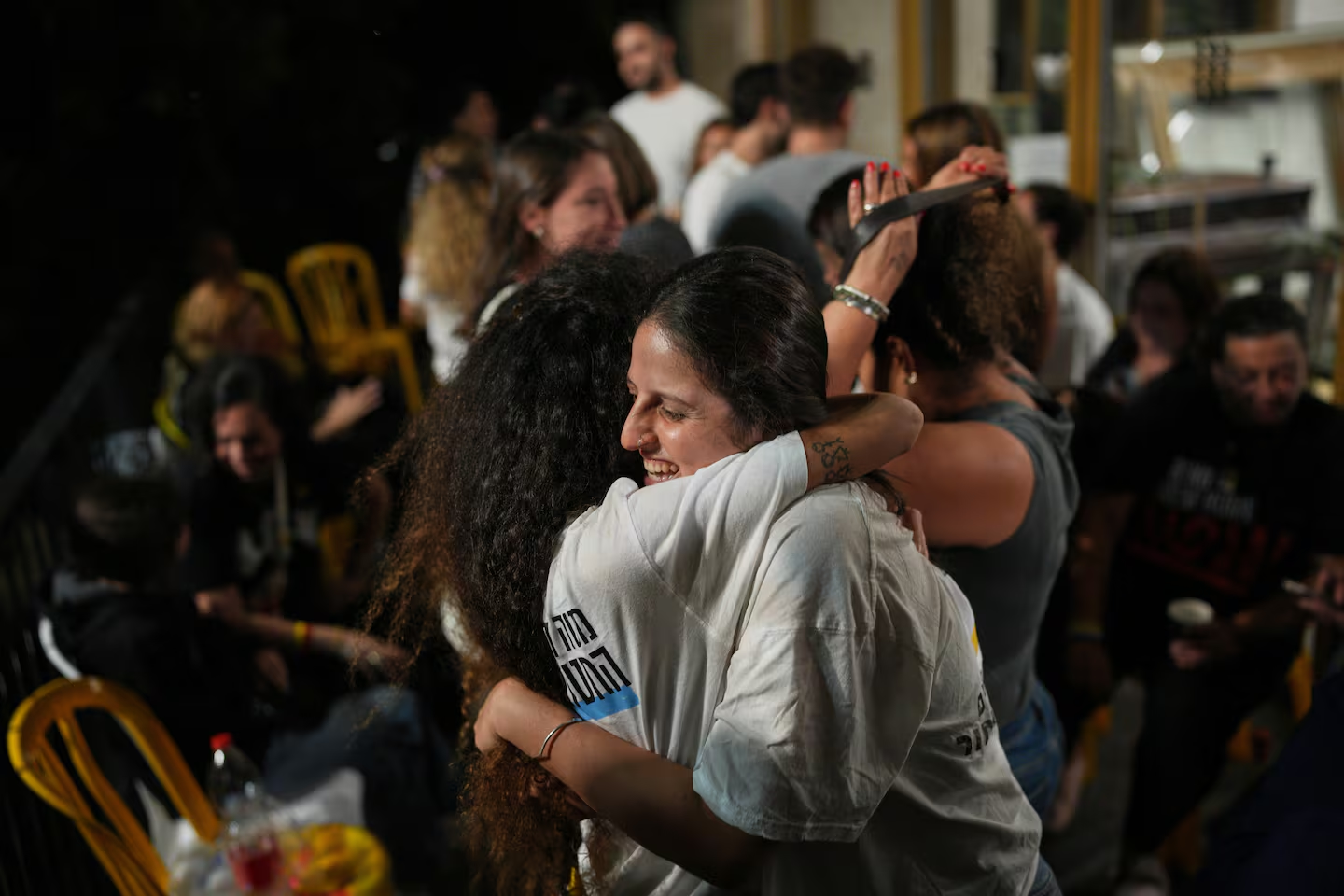A breakthrough toward de-escalation in Gaza
After years of conflict and humanitarian crisis, Israel and Hamas have reportedly reached a long-awaited first phase of a peace plan that could mark the beginning of de-escalation in Gaza. This Gaza peace deal first phase outlines the release of 20 living hostages held by Hamas and the withdrawal of Israeli forces to an agreed demarcation line. In parallel, Israel is set to free nearly 2,000 Palestinian detainees and allow 400 aid trucks to cross into Gaza daily. This number is expected to increase over time. These terms signal a potential turning point after years of devastation. The conflict has left much of the enclave in ruins and millions of civilians in dire need of assistance.
The deal, according to negotiators, sets the foundation for a temporary truce. This truce is to be followed by broader negotiations on governance, disarmament, and reconstruction. While optimism runs high among families of hostages and civilians on both sides, the details of implementation remain uncertain. Humanitarian agencies such as the United Nations and the World Food Programme are already preparing to scale up relief operations. Once the ceasefire takes effect, they will prioritize medical supplies, food aid, and clean water distribution.
The humanitarian focus: rebuilding and restoring basic life
The two-year conflict has left Gaza’s infrastructure crippled. Water, electricity, and health services are operating at minimal capacity. More than two-thirds of the population faces food insecurity. The damage to schools and hospitals has displaced hundreds of thousands. The first five days of the peace plan aim to facilitate humanitarian access. This is a key demand of international organizations like the International Committee of the Red Cross.
Humanitarian convoys entering Gaza are expected to deliver medical kits, temporary shelters, and essential construction materials for emergency repairs. Experts estimate that rebuilding essential infrastructure—such as hospitals, power plants, and water systems—will require billions of dollars in international assistance. The agreement also includes a provision for international monitors. These monitors will ensure that aid reaches civilians rather than combatants. This is a step designed to build mutual trust and maintain the fragile ceasefire.
Furthermore, regional actors are expected to play a role in the reconstruction process. The World Bank is reportedly developing a multi-year funding framework to support Gaza’s recovery. Their focus will be on housing, education, and job creation. If successfully implemented, these measures could transform the enclave’s post-war landscape. They could provide a foundation for long-term stability.
The road ahead: political compromise and lasting peace
The initial phase of the agreement marks only the beginning of what will likely be a lengthy negotiation process. Key challenges remain unresolved, including the disarmament of Hamas, the governance of Gaza, and the role of international mediators. A transitional authority has been proposed to oversee Gaza’s reconstruction and maintain order during the transition period. This body would operate under international supervision to prevent renewed hostilities and ensure transparency in aid distribution.
Political analysts note that a sustainable peace will depend on mutual concessions and robust verification mechanisms. Without clear frameworks for governance and security, the ceasefire could falter as previous attempts have. The willingness of both sides to uphold the first phase of the plan will set the tone for future progress. This is particularly true regarding hostages, detainees, and troop withdrawals.
The tentative optimism seen in Tel Aviv, Gaza City, and Jerusalem is tempered by the collective memory of failed truces. However, if both parties honor their commitments, the current peace plan could mark the most significant diplomatic advance in years. The inclusion of international partners, humanitarian organizations, and reconstruction agencies underscores the global investment. This investment aims to ensure that this opportunity leads to tangible, lasting change for millions of civilians caught in the crossfire.







